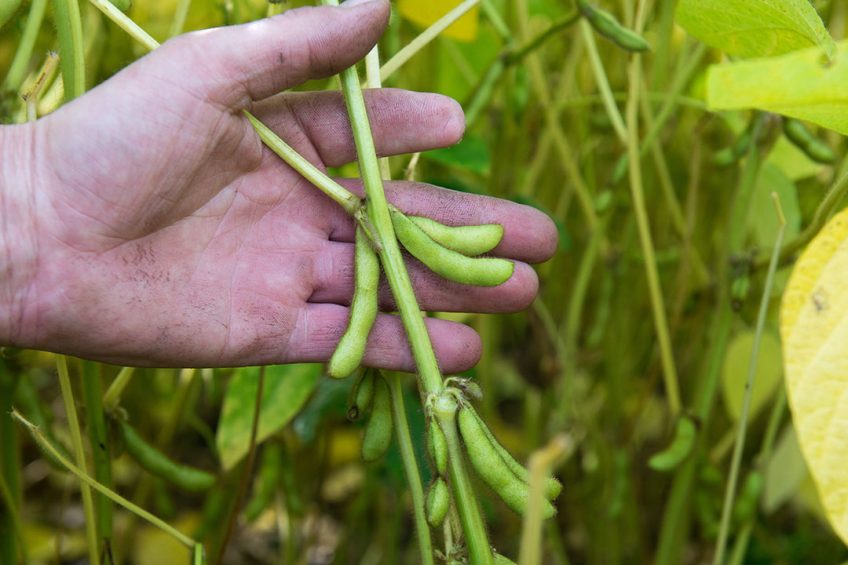Lupins as a soya substitute for broiler nutrition

Novel protein sources for broilers need support from the whole supply chain to ensure the economics stack up and there is a consistent supply.
Delegates at the NFU’s annual poultry research seminar heard that while progress is being made, there are still hurdles to overcome before they are commercially viable. Brian Kenyon, ABN senior nutrition manager, said the poultry sector needed an alternative protein source, adding that at present the UK imports 3mt soya/year, made up of 2mt of meal and 1mt of beans. Questions were being raised over the impact of these imports on the environment, sustainability, and security of supply. Mr Kenyon said that in the past, UK producers had relied on rapeseed with some peas and beans, but lupins with their higher protein levels (28-34%) and high fibre content (10-12%) showed promise. Protein levels are higher than beans (26-28%) but lower than soybean meal (46%).
Experience with lupins
ABN’s experience with lupins has come about from an approach by Frontier, who were using lupins in a small trial in Kent as an alternative break crop to rapeseed. 2 varieties were trialled: the blue variety Boregine and the white variety Dieta. Tonnages were small and limited, but research showed the key alkaloid level of around 400mg/kg was well within the European Food Safety Authority (EFSA) limits. ABN then carried out a commercial trial last year using an independent grower in North Yorkshire. 2 trials were carried out on 6 houses, each containing 43,500 Ross 308 broilers. The first trial involved giving blue lupins to 4 houses with 2 control houses, while the second involved broilers from 2 houses receiving white lupins with 4 control houses. Measurements looked at live performance KPIs (live weight, FCR, and mortality), litter condition – visual and litter usage – and foot pads and hock scores. The diet design was formulated with minimum levels of lupins – increasing from 1.5% in starter crumbs to 7.5% in finisher pellets
US: First application for hemp as feed for poultry
A submission has been made in the US for hemp to become an approved animal feed ingredient. Once approved, this application will allow hemp seed meal and cake to be legally used as commercial feed for laying hens.
Results showed lupins can be a suitable alternative protein
The results showed no difference in life performance at 39 days, no welfare issues and no problems with palatability. If the average lupin performance was applied to the whole farm of 261,000 birds, this would reduce soya usage of this crop of birds by 29t or 2.8% reduction in dietary soya level (21.4% to 18.6%). Concluding, Mr Kenyon said: “Lupins can be a suitable alternative protein to soybean meal in broiler diets, but, and it’s a big but, at current raw material prices, lupins are not cost competitive with soybean meal in broiler diets.
“Dehulling the lupins would improve the protein level by removing the quantity of fibre. This would add value to lupins but also increase the cost.” So, novel protein sources need a wider commitment from the whole supply chain to apply commercially to ensure consistent supply, he added.












